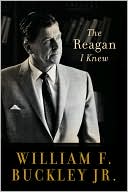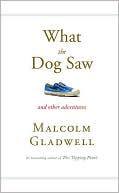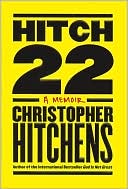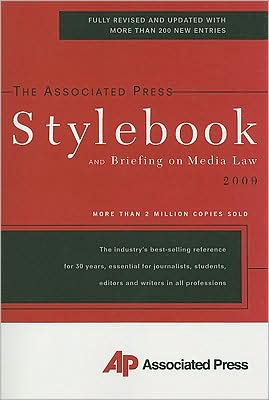Ugly War, Pretty Package: How CNN and Fox News Made the Invasion of Iraq High Concept
Deborah L. Jaramillo investigates cable news' presentation of the Iraq War in relation to "high concept" filmmaking. High concept films can be reduced to single-sentence summaries and feature pre-sold elements; they were considered financially safe projects that would sustain consumer interest beyond their initial theatrical run. Using high concept as a framework for the analysis of the 2003 coverage of the Iraq War—paying close attention to how Fox News and CNN packaged and promoted the U.S....
Search in google:
Deborah L. Jaramillo investigates cable news' presentation of the Iraq War in relation to "high concept" filmmaking. High concept films can be reduced to single-sentence summaries and feature pre-sold elements; they were considered financially safe projects that would sustain consumer interest beyond their initial theatrical run. Using high concept as a framework for the analysis of the 2003 coverage of the Iraq War — paying close attention to how Fox News and CNN packaged and promoted the U.S. invasion of Iraq — Ugly War, Pretty Package offers a new paradigm for understanding how television news reporting shapes our perceptions of events. Library Journal Can news broadcasts about a war be packaged as if promoting and marketing an event, much as a movie is marketed? In this in-depth analysis of CNN's and Fox News Channel's coverage of the 2003 invasion of Iraq, Jaramillo (film & television, Boston Univ.) argues that these two networks approached the invasion in just that way. She explains that a high-concept film can be reduced to a single-sentence summary that clearly differentiates it from other films; then it is aggressively marketed to specific target audiences. Using this technique, Jaramillo maintains, CNN and Fox News scripted coverage of the invasion, reducing the substance of the conflict to stylized and "cleaned-up" images that would engage viewers and not offend or shock them. Jaramillo concludes that the "high-concept" formula succeeded; surveys show that when people obtained most of their information about the invasion from either of these two news networks, their opinions regarding the presence of weapons of mass destruction, for instance, closely matched the messages promoted on those networks. VERDICT The author's thorough documentation and careful analysis will be most appreciated by students of journalism or communications, as an understanding of communications theory is helpful, but readers seriously following current events may be interested as well.—Jill Ortner, SUNY at Buffalo Libs.
Introduction: The Spectacle of Televised War\ 1. High Concept, Media Conglomeration, and Commercial News\ 2. The High-Concept War Narrative\ 3. Intertextuality, Genres, and Stars\ 4. War Characters\ 5. The Look and Sound of High-Concept War Coverage\ 6. The Marketing of the 2003 Invasion of Iraq Conclusion: The Narrative Exits Screen Right, the Coverage Fizzles, and News is What, Exactly?\ Appendix A Appendix B Appendix C Works Cited Index
\ Choice"... a thoughtful commentary and critique of the state of the cable news component of early-21st-century journalism.... Highly recommended." —Choice, May 2010\ \ \ \ \ Library JournalCan news broadcasts about a war be packaged as if promoting and marketing an event, much as a movie is marketed? In this in-depth analysis of CNN's and Fox News Channel's coverage of the 2003 invasion of Iraq, Jaramillo (film & television, Boston Univ.) argues that these two networks approached the invasion in just that way. She explains that a high-concept film can be reduced to a single-sentence summary that clearly differentiates it from other films; then it is aggressively marketed to specific target audiences. Using this technique, Jaramillo maintains, CNN and Fox News scripted coverage of the invasion, reducing the substance of the conflict to stylized and "cleaned-up" images that would engage viewers and not offend or shock them. Jaramillo concludes that the "high-concept" formula succeeded; surveys show that when people obtained most of their information about the invasion from either of these two news networks, their opinions regarding the presence of weapons of mass destruction, for instance, closely matched the messages promoted on those networks. VERDICT The author's thorough documentation and careful analysis will be most appreciated by students of journalism or communications, as an understanding of communications theory is helpful, but readers seriously following current events may be interested as well.—Jill Ortner, SUNY at Buffalo Libs.\ \








